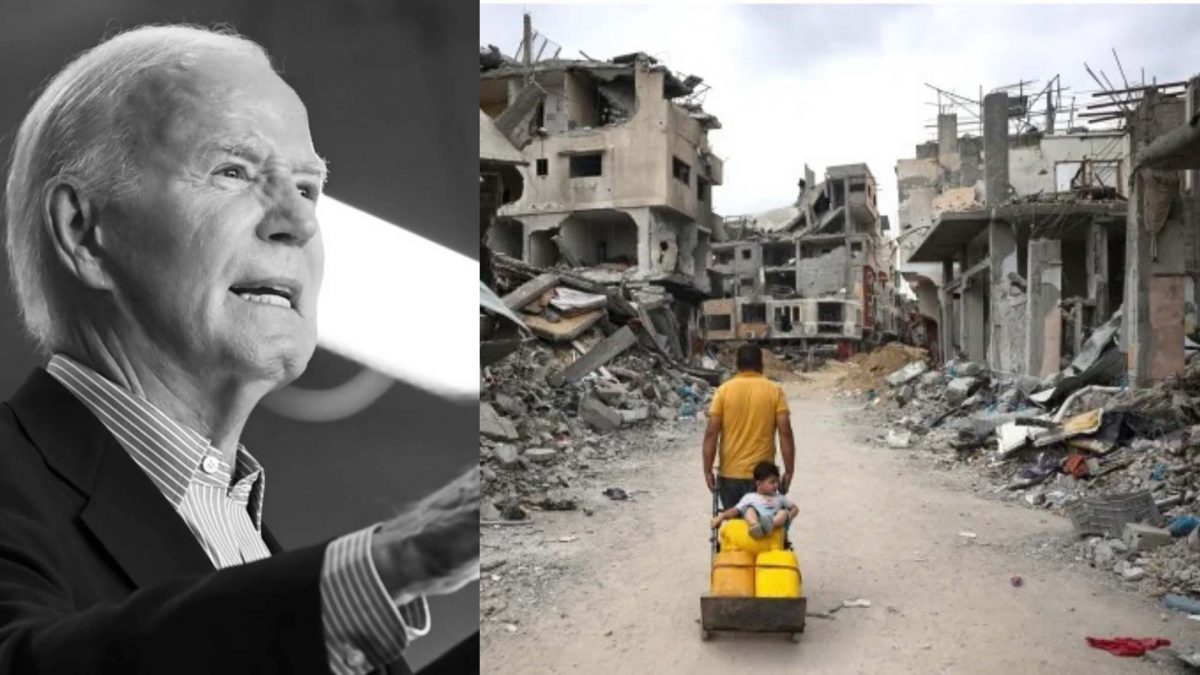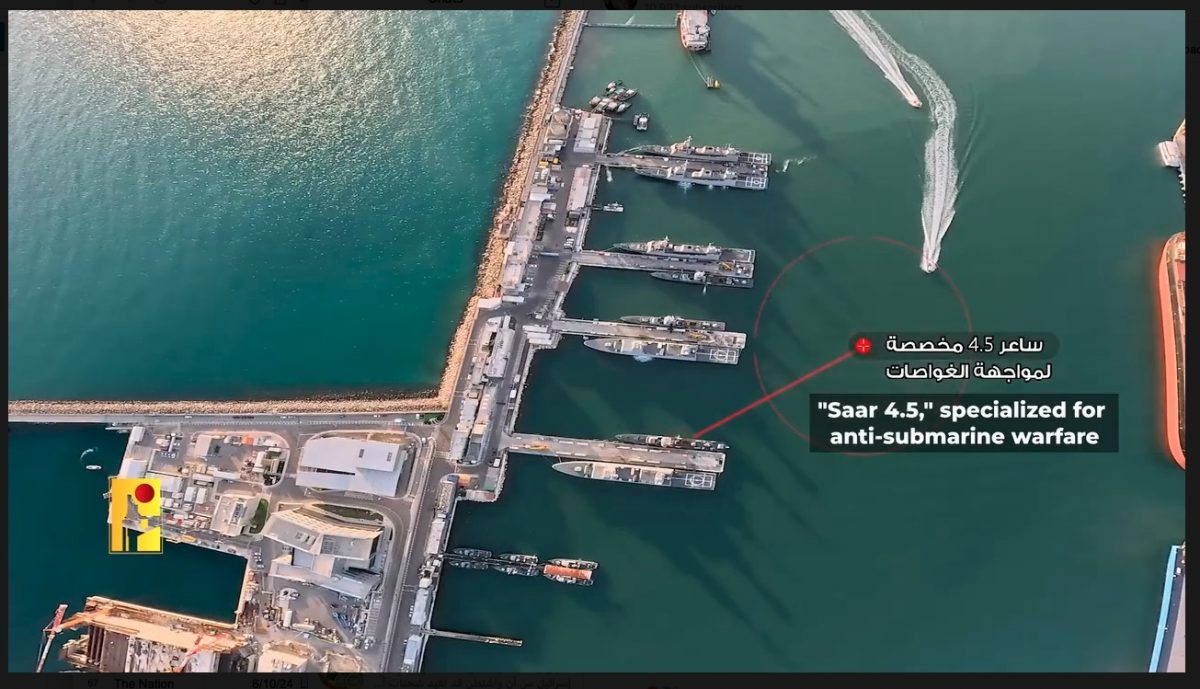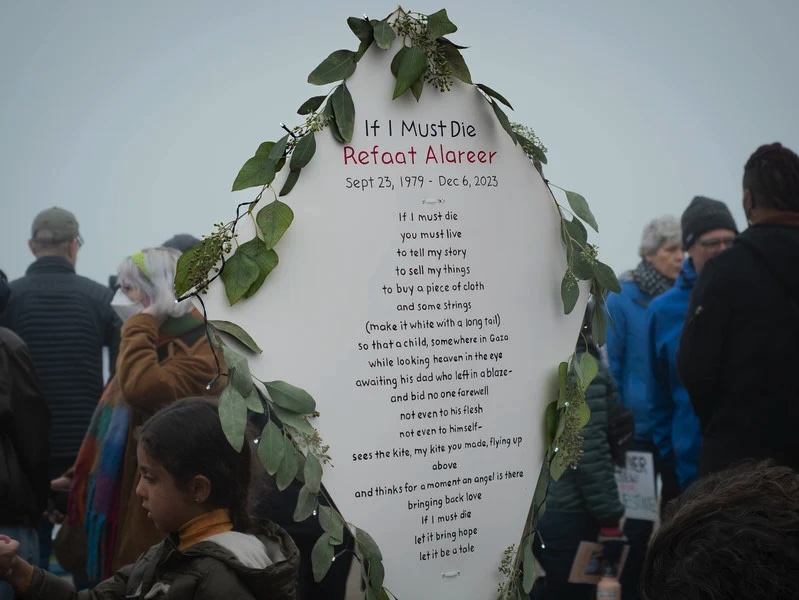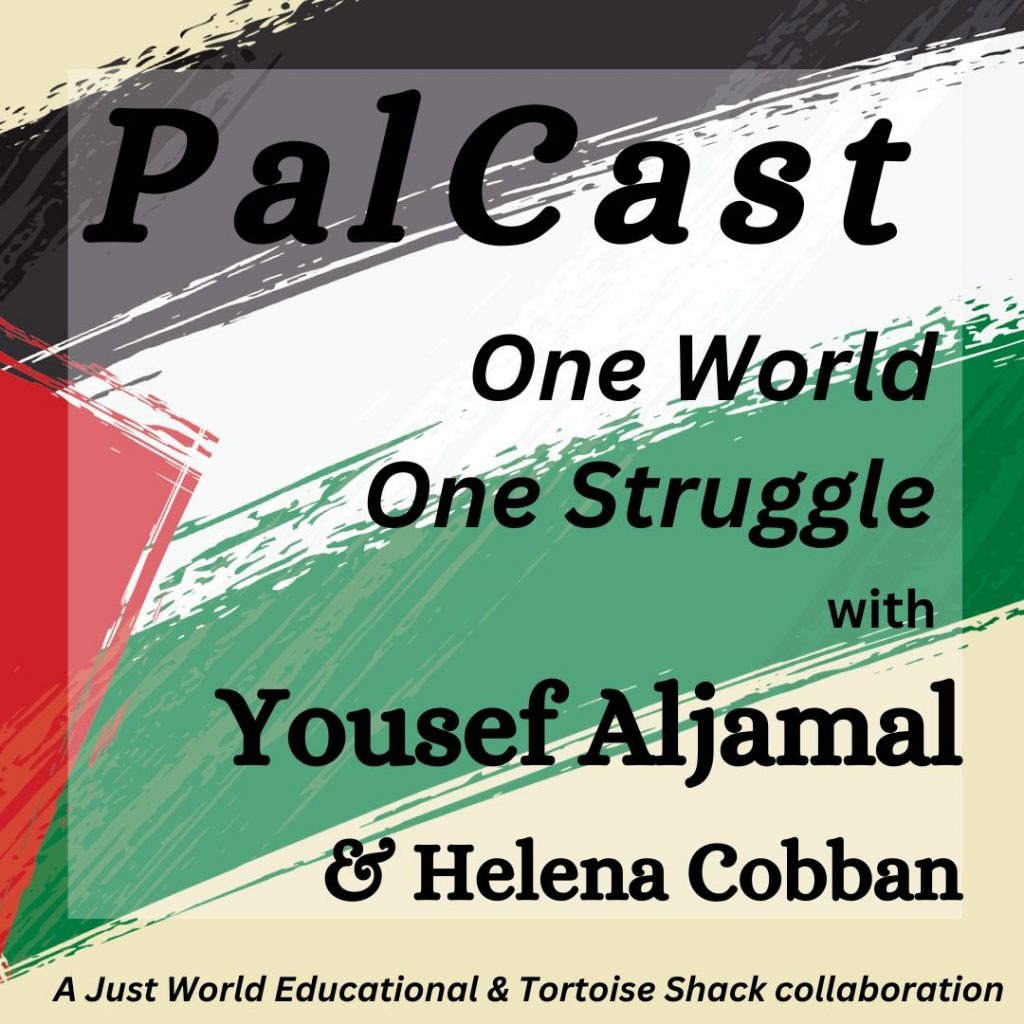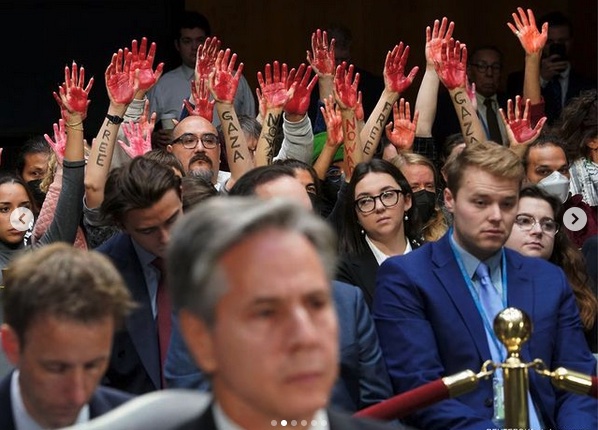Pres. Biden’s disastrous performance in the June 27 debate sent waves of horror through all supporters of the U.S. Democratic Party and spurred a gathering wave of Democratic activists at all levels desperate to find a way to replace him at the head of the party ticket in the upcoming election. After the debate, numerous groups of other influential Biden supporters including big political donors and several of the “Western” allies who interacted with him at last month’s G-7 summit in Italy came forward to say that recently many of them had also seen signs of a marked decline in his cognitive functioning.
It is now increasingly clear that, as he has been (allegedly?) working to end the intense, genocidal crisis in Gaza, Biden has been operating in a mental cloud cuckoo-land of his own creation, untethered from any ability to comprehend either what the Israelis have been doing to the Palestinians in Gaza or– more crucially– the fairly simple steps that he could take to end the crisis by insisting on Israeli compliance with the terms of the 3-phase ceasefire+hostage deal that has clearly been attainable since March or April.
The most charitable thing one can say about Biden’s performance regarding the genocide in Gaza is that he has been operationally AWOL from being able to run U.S. policy in response to the crisis, and that Washington’s very muddled actions and inactions regarding the crisis have instead been the result of ad-hoc decisions taken by his– extremely unqualified– staffers. Those would be primarily his Secretary of State, Anthony Blinken, and his National security Advisor, Jake Sullivan. Neither of those men has any longstanding basis of expertise, wisdom, or judgment that is independent of the role they have both played for the overwhelming bulk of their careers, as staff members for a Joe Biden chronically seeking re-election, whether in the Senate, in the Vice President’s office– or now in the White House: yes, the very White House that is now in such deep chaos.
Continue reading “Chaos, collusion, and catastrophe: Biden and the genocide in Gaza”
